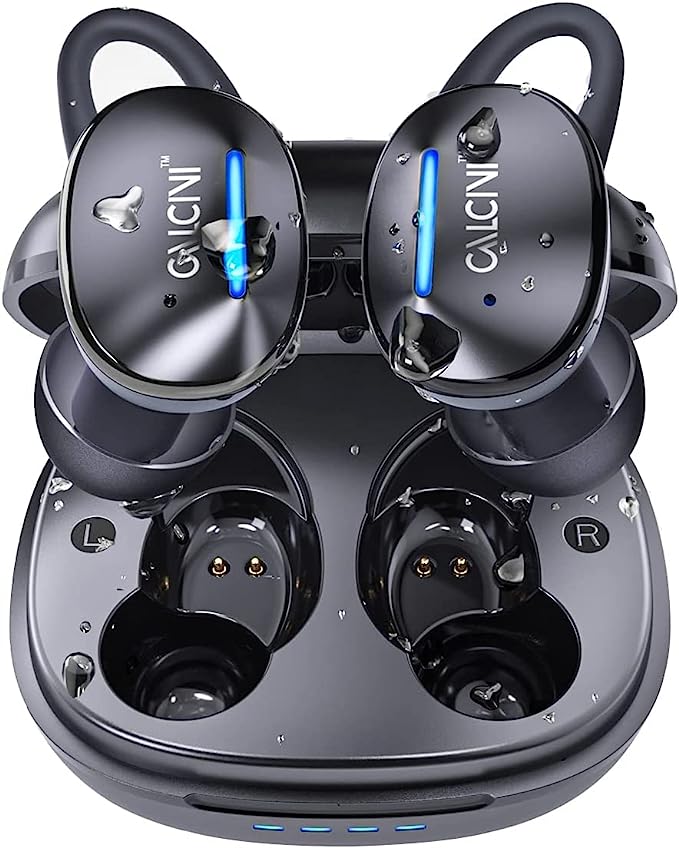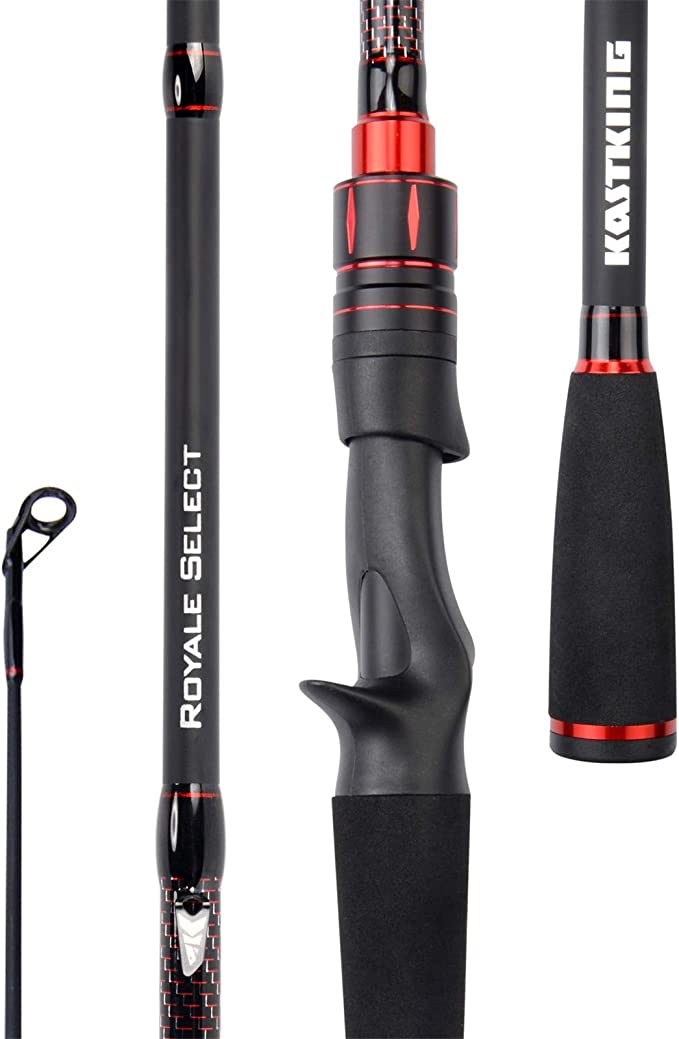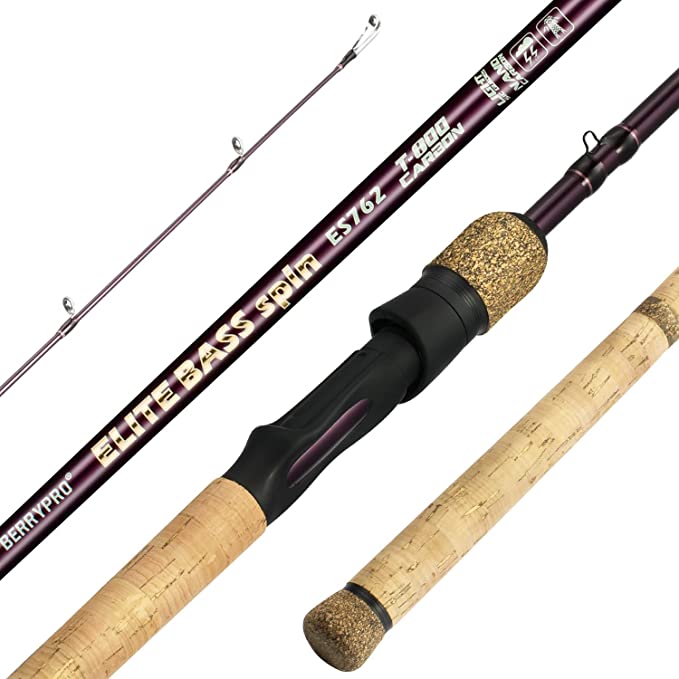The Physics of the Signal Sniper: Engineering 20-Mile Cellular Connectivity
Update on Nov. 18, 2025, 7:16 p.m.
In the realm of radio frequency (RF) engineering, there is a fundamental truth: amplifiers can only amplify what they can hear. For rural residents and remote businesses facing the “digital silence” of a dead zone, the instinct is often to buy a more powerful electronic booster. However, physics dictates that the bottleneck is rarely the amplification power—it is the Signal-to-Noise Ratio (SNR) at the point of capture.
To bridge the gap across 10, 15, or even 20 miles of rolling terrain, one does not need a louder shout; one needs a bigger ear. This is the engineering philosophy behind parabolic grid antennas like the Bolton Technical Long Ranger. Unlike standard omnidirectional or even Yagi antennas, this device applies the principles of optical physics to the invisible world of radio waves, functioning less like a standard antenna and more like a “signal sniper.”

The Parabolic Advantage: Geometric Gain
The most striking feature of the Long Ranger is its shape. It is not a rod or a panel, but a curved grid. This is a parabolic reflector. * The Principle: Just as a telescope mirror collects starlight and focuses it onto a single point, the parabolic grid captures planar radio waves from a distant cell tower and reflects them inward to a focal point. * The Feed Horn: Placed precisely at this focal point is the actual receiving element, or “feed horn.” By collecting energy from a large surface area (the grid) and concentrating it onto a small element, the antenna achieves massive passive gain.
While a standard Yagi antenna might offer +10 to +12 dB of gain, the parabolic geometry allows the Long Ranger to achieve up to +26 dB. In the logarithmic scale of decibels, this is not a small increase; it is a transformative leap in sensitivity, theoretically capable of detecting signals that are buried in the noise floor for other antennas.
Beamwidth and the “Laser Pointer” Effect
High gain comes with a trade-off: Directionality.
The law of conservation of energy implies that you cannot create signal power out of nothing. To increase sensitivity in one direction, you must sacrifice it in all others.
* Omni Antenna: Radiates/receives in 360 degrees. Low range, high noise pickup.
* Yagi Antenna: Focuses in a ~45-60 degree cone. Moderate range.
* Parabolic Grid: Focuses in a razor-thin 4 to 20 degree cone.
This narrow beamwidth acts like a tunnel vision for RF waves. It allows the Bolton antenna to “ignore” noise and interference coming from the sides or behind. This drastically improves the Signal-to-Noise Ratio (SNR). In digital communications (4G/5G/LTE), a higher SNR directly translates to faster data speeds and stable connections, even if the raw signal strength (RSSI) is low.
However, this also introduces a user challenge: Precision Aiming. Aiming a Long Ranger is not like adjusting rabbit ears on a TV; it is akin to aligning a telescope. A deviation of just a few degrees can mean missing the tower entirely.

Conquering Free Space Path Loss
Radio waves spread out as they travel, losing energy density with the square of the distance. This is Free Space Path Loss. Over 10 miles, this loss is immense.
The grid design of the Long Ranger is specifically engineered to counter this. By operating across an ultra-wide bandwidth (600 MHz to 6500 MHz), it can capture the lower-frequency “propagation bands” (600-800 MHz) used by carriers like T-Mobile and Verizon for extreme long-range coverage. These longer wavelengths penetrate trees and terrain better than high-frequency city bands, and the large physical size of the grid is perfectly dimensioned to reflect them efficiently.
The Wind Load Factor: Why the “Grid”?
Why is it a mesh grid and not a solid dish?
1. Wind Load: A solid dish of this size would act as a sail, putting dangerous torque on the mounting pole during storms. The grid allows wind to pass through, reducing mechanical stress while still appearing “solid” to radio waves (as long as the grid spacing is smaller than the wavelength).
2. Weight: It reduces the mass, making it easier to mount high on a mast—which is critical for clearing the Fresnel Zone (the football-shaped area around the line of sight that must be clear of obstacles).

Conclusion: The Passive Component is King
In the equation of rural connectivity, the active amplifier often gets all the glory, but the passive antenna does the heavy lifting. No amount of electronic amplification can fix a signal that was never caught.
The Bolton Technical Long Ranger represents a triumph of passive engineering. By leveraging geometric focus and extreme directionality, it pushes the physical boundaries of cellular reception. For the rural dweller, it is a reminder that sometimes, the most advanced solution is not a microchip, but a perfectly curved piece of metal pointing at the horizon.



















